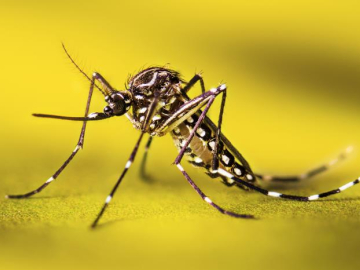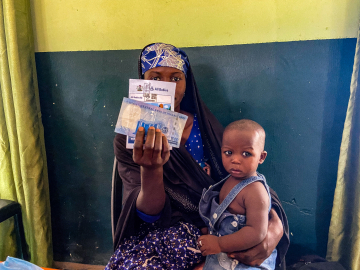Zika’s Spread to Europe
COPENHAGEN–The Zika virus is expected to spread in Europe by summer, according to a WHO risk assessment released May 18.
Overall risk for an outbreak in the region is low to moderate, though the island of Madeira and the Black Sea coast of Russia and Georgia have the highest likelihood due to the presence of the primary transmitting mosquito Aedes aegypti.
Meanwhile, countries home to the Aedes albopictus mosquito, a secondary vector, have been deemed moderately likely for Zika spread: France is at the top of the moderate-risk list due to urban population density. It is closely followed by Italy, Croatia, Spain, and others.
The results of the risk assessment, which was conducted by the WHO, were based on two combined factors. The first is the likelihood of Zika virus spread–hinging on the presence of breeding mosquitos Aedes aegypti and Aedes albopictus, as well as urban population density, flight patterns, and more. The second is each country’s capacity to prevent or contain transmission.
For many experts, the increased risk in some regions of Europe is hardly surprising.
“Aedes is widespread in some of these areas, so there is no reason why it shouldn’t emerge there eventually,” says Anthony Costello, director of Maternal, Newborn, Child and Adolescent Health Department at the WHO. “We’re in a global world; everyone is traveling around. As long as you have vectors, the risk is always going to be there. And it’s not going to end with Zika.”
The Zika virus outbreak was first detected in Brazil but has spread to almost 50 countries in the Americas, Pacific Islands, and now Cape Verde, an island off the northwestern coast of Africa. It has been linked to a rise in brain defects in infants of women infected during pregnancy. It is also strongly correlated with incidence of Guillain-Barré, a rare paralysis-causing syndrome in adults.
The announcement comes during the thick of Women Deliver, the world’s largest global conference on the health, rights, and well being of girls and women over the last decade. And given the virus’ dire implications for reproductive health, experts are bringing their plights to the forefront of the discussion.
“It’s hard to express the traumatic impact of this on a family. Pregnant women are tested, and then they are just waiting,” said WHO colleague Melania Amorim, a gynecologist who works in one of the areas most affected by the Zika virus in Brazil, during Women Deliver’s three-part session on Zika. “They absolutely, positively need to be the center of this discussion. So far, I haven’t seen that.”
To prevent a similarly raging outbreak in Europe, Costello says it’s about getting back to the public health basics: sanitation and the control of vectors.
“It’s a wake-up to all of us that we’ve taken our eye off the ball in very basic public health,” he says. “It’s scary. People ask, ‘Should we be worried in Europe?’ Yeah! I would be!”
Emily is the Health Projects Coordinator at the Pulitzer Center on Crisis Reporting.
Join the thousands of subscribers who rely on Global Health NOW summaries and exclusive articles for the latest public health news. Sign up for our free weekday enewsletter, and please share the link with friends and colleagues: http://www.globalhealthnow.org/subscribe.html



